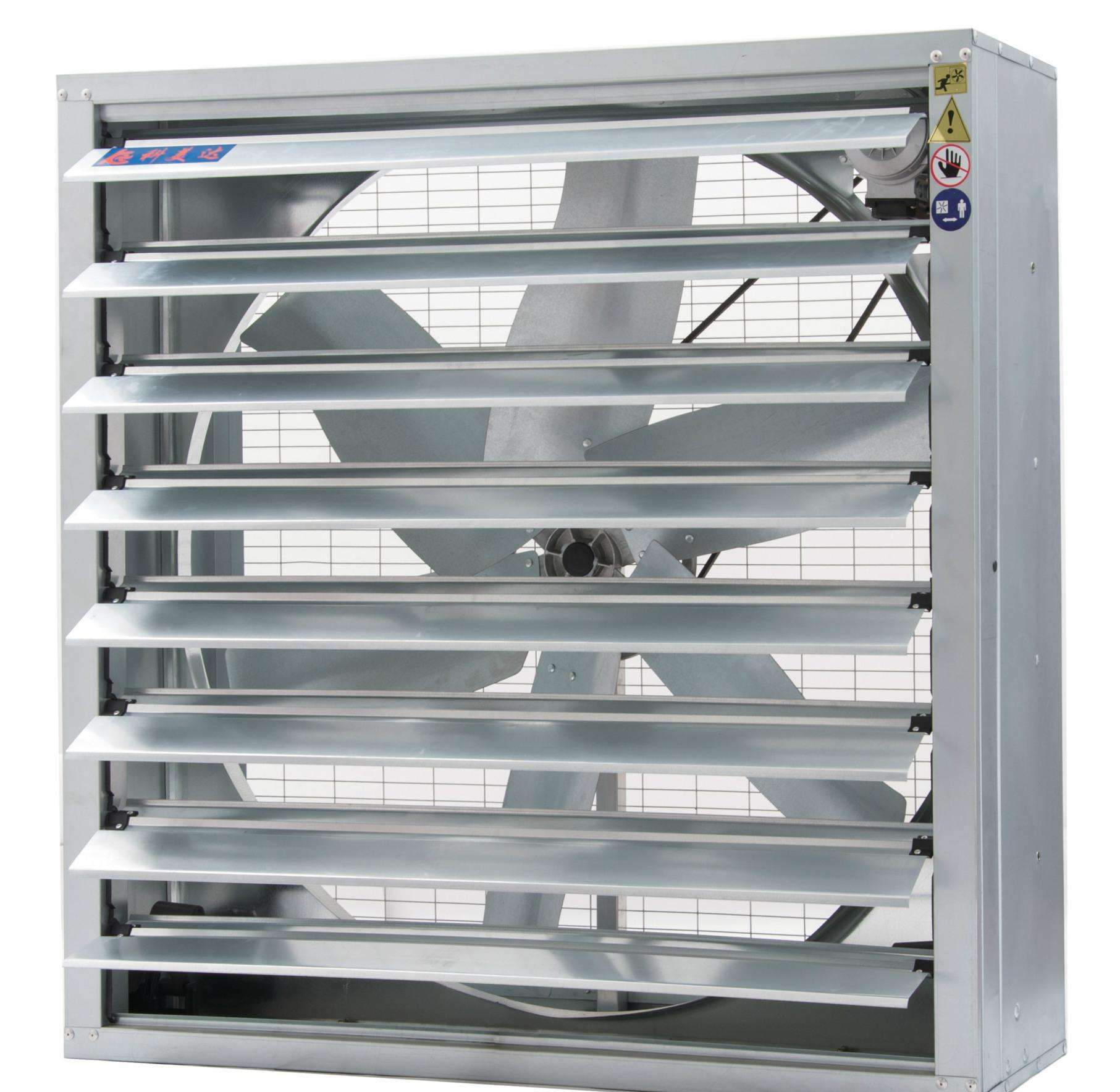Efficient Vacuum Sealing Solutions for Preserving Freshness in Meat Packaging Systems
Jul . 31, 2024 20:09 Back to list
Efficient Vacuum Sealing Solutions for Preserving Freshness in Meat Packaging Systems
The Importance of Vacuum Packaging Machines for Meat Preservation
In the modern food industry, preserving the quality and freshness of meat products is of paramount importance. With consumers increasingly concerned about food safety and waste, the demand for effective packaging solutions has soared. One of the most effective methods for extending the shelf life of meat is vacuum packaging, and the machines that facilitate this process play a crucial role.
What is Vacuum Packaging?
Vacuum packaging is a method that removes air from the package before sealing it. In the context of meat, this process involves placing the meat in a plastic pouch, removing the air with a vacuum machine, and then sealing the pouch. The absence of oxygen inhibits the growth of bacteria and molds, significantly reducing spoilage and preserving the meat's quality. This method is particularly important for meats, which are highly perishable and susceptible to spoilage.
The Functionality of Vacuum Packaging Machines
Vacuum packaging machines come in various designs and sizes, catering to different production scales—from small-scale artisanal producers to large industrial operations. These machines work by drawing out the air inside the package and sealing it tightly. Some advanced models also feature options for gas flushing, where an inert gas replaces the air to further enhance preservation.
Additionally, vacuum packaging machines are equipped with various sealing options, such as heat sealing, impulse sealing, and ultrasonic sealing, which ensure a strong closure that prevents air from re-entering the package. This is crucial for meat products, as even a small amount of air can accelerate spoilage.
Benefits of Vacuum Packaging for Meat
vacuum packaging machine for meat

1. Extended Shelf Life Vacuum packaging significantly extends the shelf life of meat products. By inhibiting bacterial growth and oxidation, vacuum-sealed meat can last several times longer than traditionally packaged meat. This means less waste and more savings for both producers and consumers.
2. Retained Freshness and Flavor Vacuum sealing helps maintain the meat’s natural moisture, flavor, and nutritional value. The protective environment created by the absence of oxygen prevents loss of taste and texture, which is especially important for gourmet meats and specialty products.
3. Reduced Risk of Contamination Vacuum packaging minimizes exposure to environmental contaminants. This is critical in a world where foodborne illnesses can have serious consequences. Ensuring that meat products are sealed properly reduces the likelihood of cross-contamination during storage and transportation.
4. Convenience in Storage Vacuum-sealed meat takes up less space and is easier to organize in refrigeration and freezing units. Because the packaging is more compact, it allows for more efficient use of storage space, whether in a retail environment or at home.
5. Cost-Effective For producers, investing in a vacuum packaging machine can lead to cost savings in the long run. Reduced spoilage rates mean less financial loss, while efficient packaging can decrease shipping costs due to more compact storage.
Conclusion
Vacuum packaging machines are indispensable tools in the meat industry, providing a reliable method for preserving freshness, flavor, and safety. As the food industry continues to evolve, the importance of innovative packaging solutions cannot be overstated. By utilizing vacuum packaging technology, producers can ensure that their meat products meet consumer expectations for quality and safety while also contributing to reducing food waste. The benefits gained from this technology make it a worthwhile investment for any meat processing operation looking to enhance its product offerings and efficiency.
-
Hot Sale 24 & 18 Door Rabbit Cages - Premium Breeding Solutions
NewsJul.25,2025
-
Automatic Feeding Line System Pan Feeder Nipple Drinker - Anping County Yize Metal Products Co., Ltd.
NewsJul.21,2025
-
Automatic Feeding Line System Pan Feeder Nipple Drinker - Anping County Yize Metal Products Co., Ltd.
NewsJul.21,2025
-
Automatic Feeding Line System - Anping Yize | Precision & Nipple
NewsJul.21,2025
-
Automatic Feeding Line System - Anping Yize | Precision & Nipple
NewsJul.21,2025
-
Automatic Feeding Line System-Anping County Yize Metal Products Co., Ltd.|Efficient Feed Distribution&Customized Animal Farming Solutions
NewsJul.21,2025






